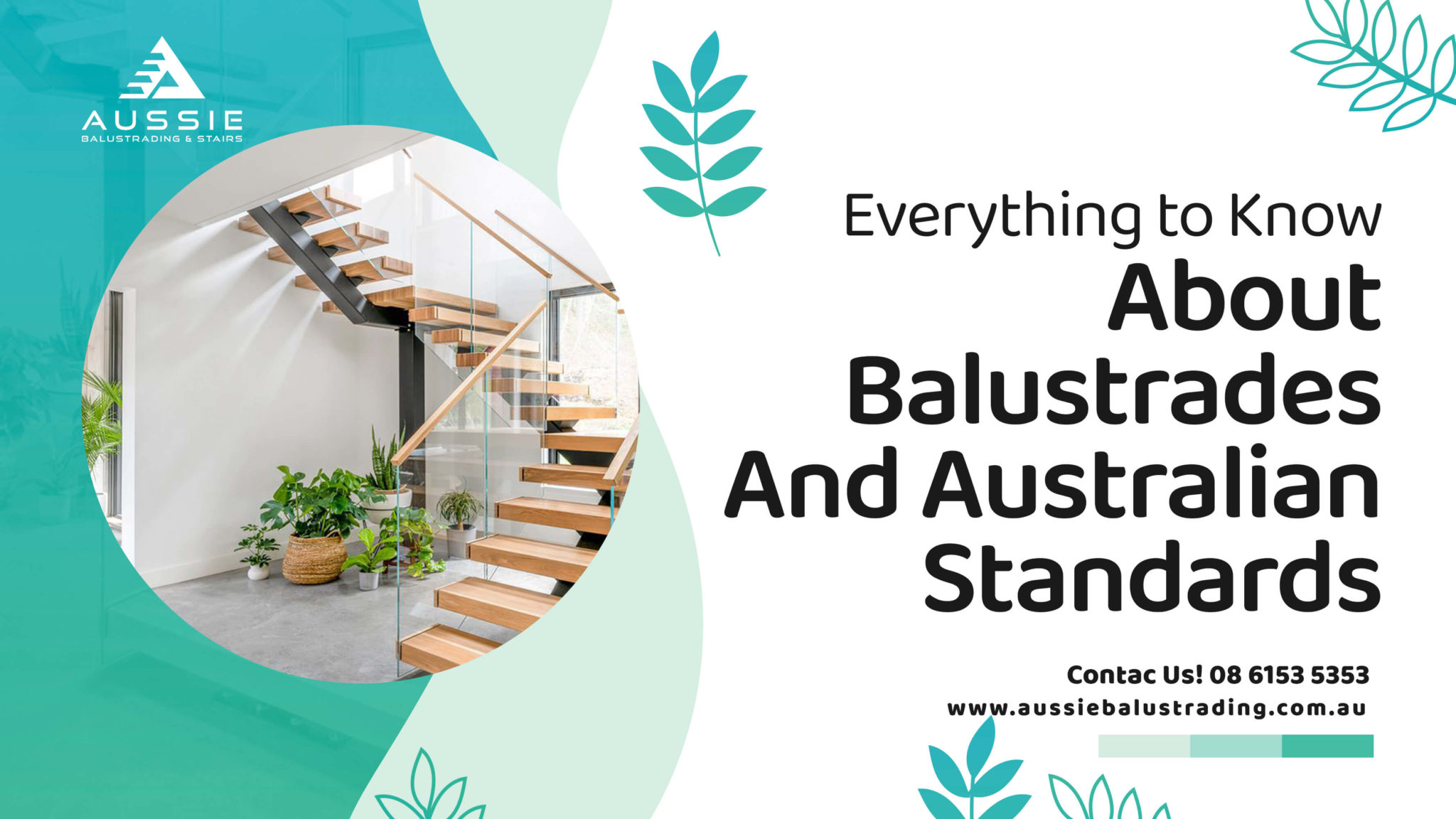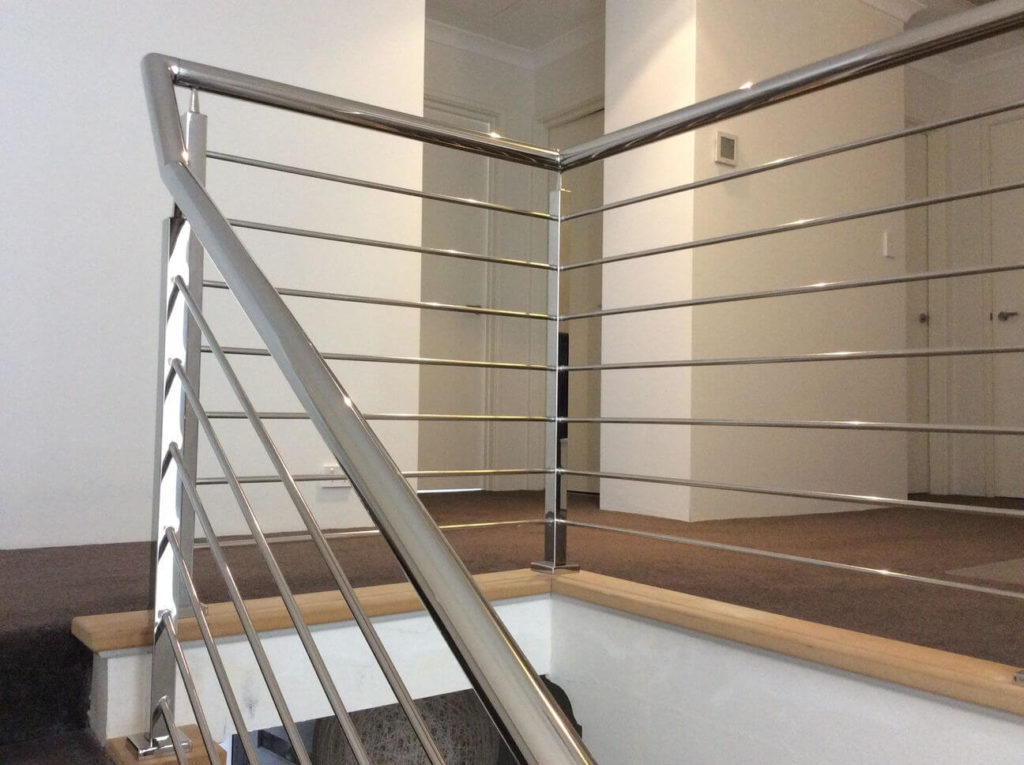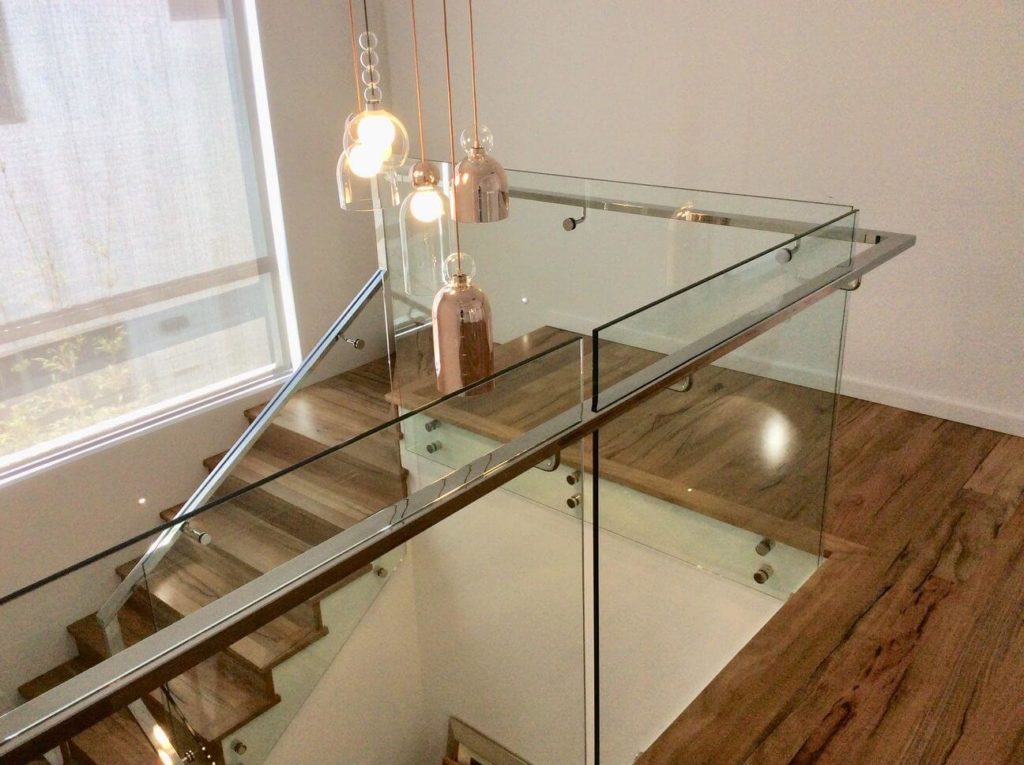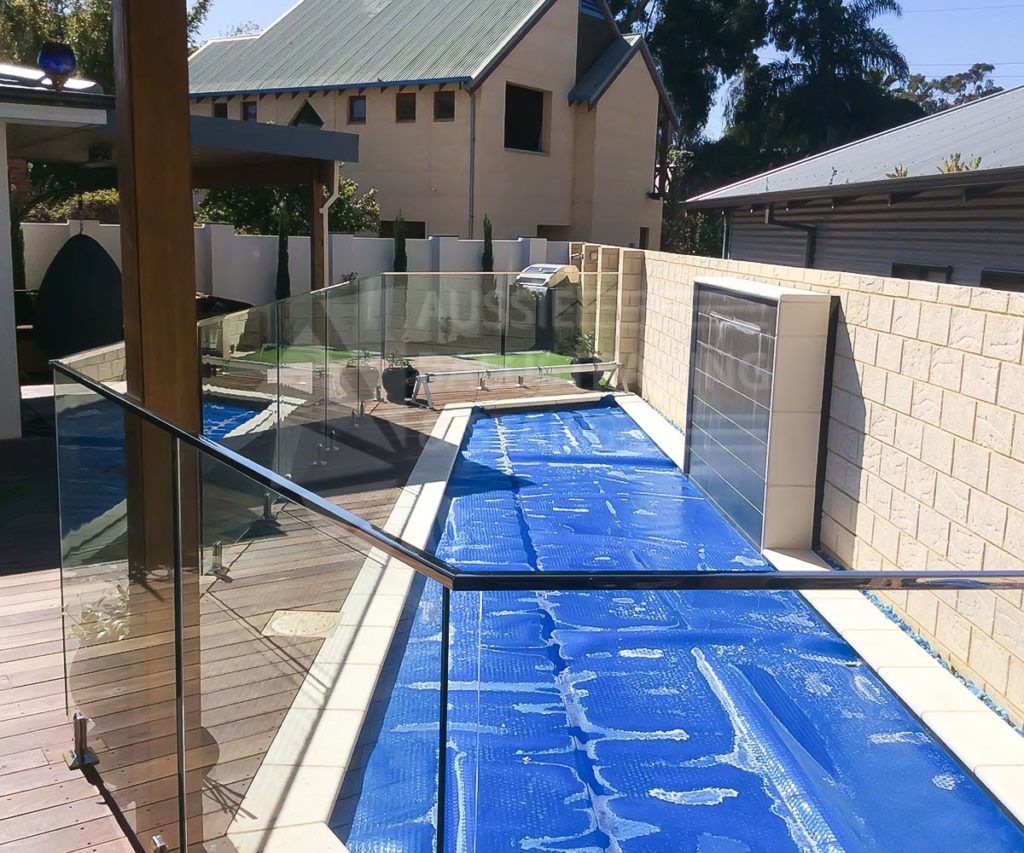Are you thinking of buying a new home? If so, you’ll want to ensure that it meets Australian balustrade standards.
Balustrades are an essential safety feature, and strict regulations are in place to ensure they are up to scratch. They also help to enhance the look of a property. So, what do you need to know about balustrades and Australian standards? We’ll explore this further in this article.
What Are Balustrades?
First of all, let’s take a look at what a balustrade is. A balustrade is a rail fixed to the edge of a platform, balcony, or other raised structure. It is there to provide a barrier and to stop people from falling off.
What Are Australian Standards for Balustrades?
There are a few different Australian balustrade standards, depending on the material they are made from and the intended purpose. For instance, there are different standards for timber, glass, and metal balustrades.
Australian standards for balustrades are designed to ensure the safety of people using them. The most common standard is the Building Code of Australia (BCA), which sets out minimum requirements for all aspects of construction, including balustrades. The BCA covers both residential and commercial buildings.
There are also a few other standards that apply specifically to balustrades. These include the Australian Standard for Wrought Iron (AS 4100) and the Australian Standard for Glass in Buildings (AS 1288).
What Are BCA’s Requirements?
Minimum Live Load
The BCA requires that all balustrades must be able to support a minimum live load of 0.75 kN/m2. This is the equivalent of about 75 kg per square metre.
Resistance To Horizontal Force
Balustrades must also be able to resist a horizontal force of 0.6 kN (about 60 kg) applied at the top. This is to ensure that they can withstand the weight of someone leaning on them.
Height
The height of a balustrade must be at least 900 mm. This is to prevent people from falling over them. If they are located next to the pool, they should be 1m high and 1.1m if next to the spa pool.
Material
The BCA also requires that all balustrades must be constructed using materials that are durable, non-combustible and weather resistant. This is to ensure that they will continue to provide an effective barrier against falls for many years to come.
Spacing Of Balusters
The BCA requires that balusters must be spaced no more than 125mm apart if they are located on a deck or balcony that is more than 2 metres above the ground. If the deck or balcony is less than 2 metres above the ground, the balusters must be spaced no more than 100mm apart.
Other Requirements
There are also a few other requirements, such as a minimum number of handrails, minimum handrail heights and width. These are all designed to ensure the safety of people using the balustrade.
In addition to the above requirements, the BCA also stipulates that balustrades must be designed and constructed in such a way that they do not pose a safety hazard. For example, balustrades must not have any sharp edges or protrusions that could cause injury.
Conclusion
Balustrades are an important safety feature in any home or building. They act as a barrier to prevent people from falling, and they can also add aesthetic appeal to a space.
There are also strict Australian Standards that must be met in order for a balustrade to be considered safe. Some of the key considerations include the height of the balustrade, the spacing of the balusters, and the strength of the materials used.
If you take all of these factors into consideration, you can be sure that your new home will meet Australian standards for balustrades.
If you’re planning on installing balustrades, Aussie Balustrading and Stairs is the company you want to call. We specialise in meeting Australian standards for balustrades. We can also provide steel and stainless steel stairs, wireless balustrading, glass pool fencing, and residential and commercial handrails. No matter what your needs are, we’re sure to be able to help you out! Give us a call today!




